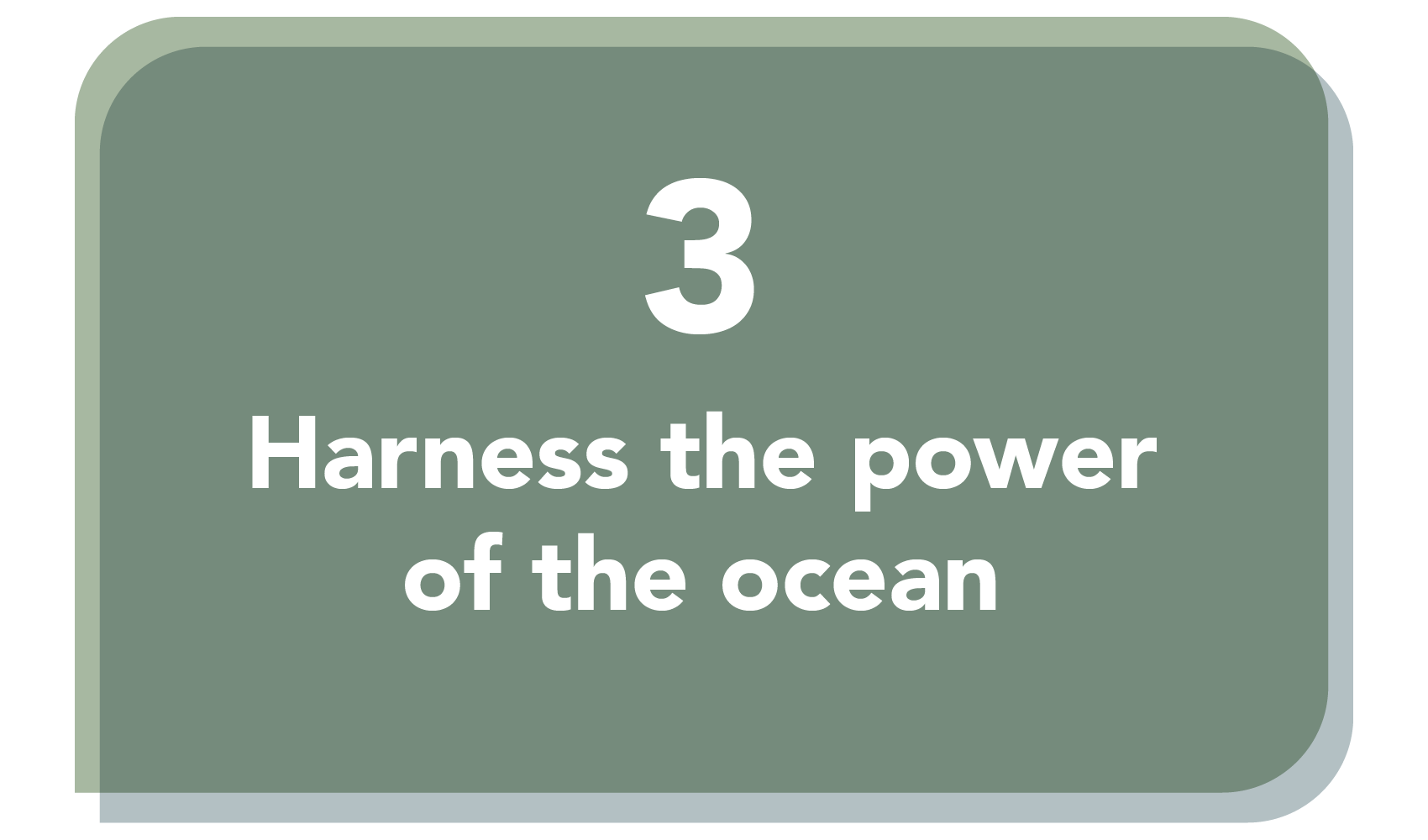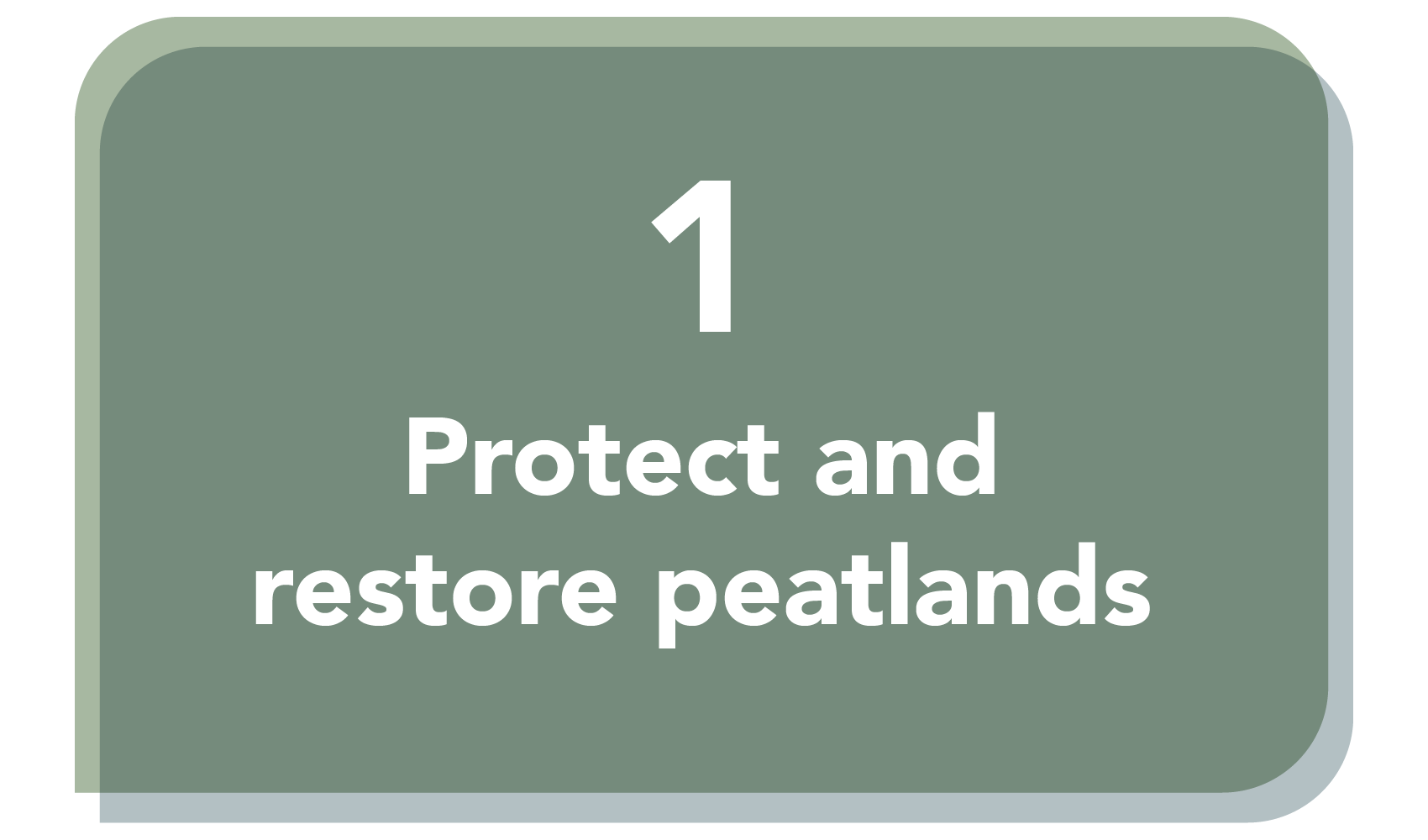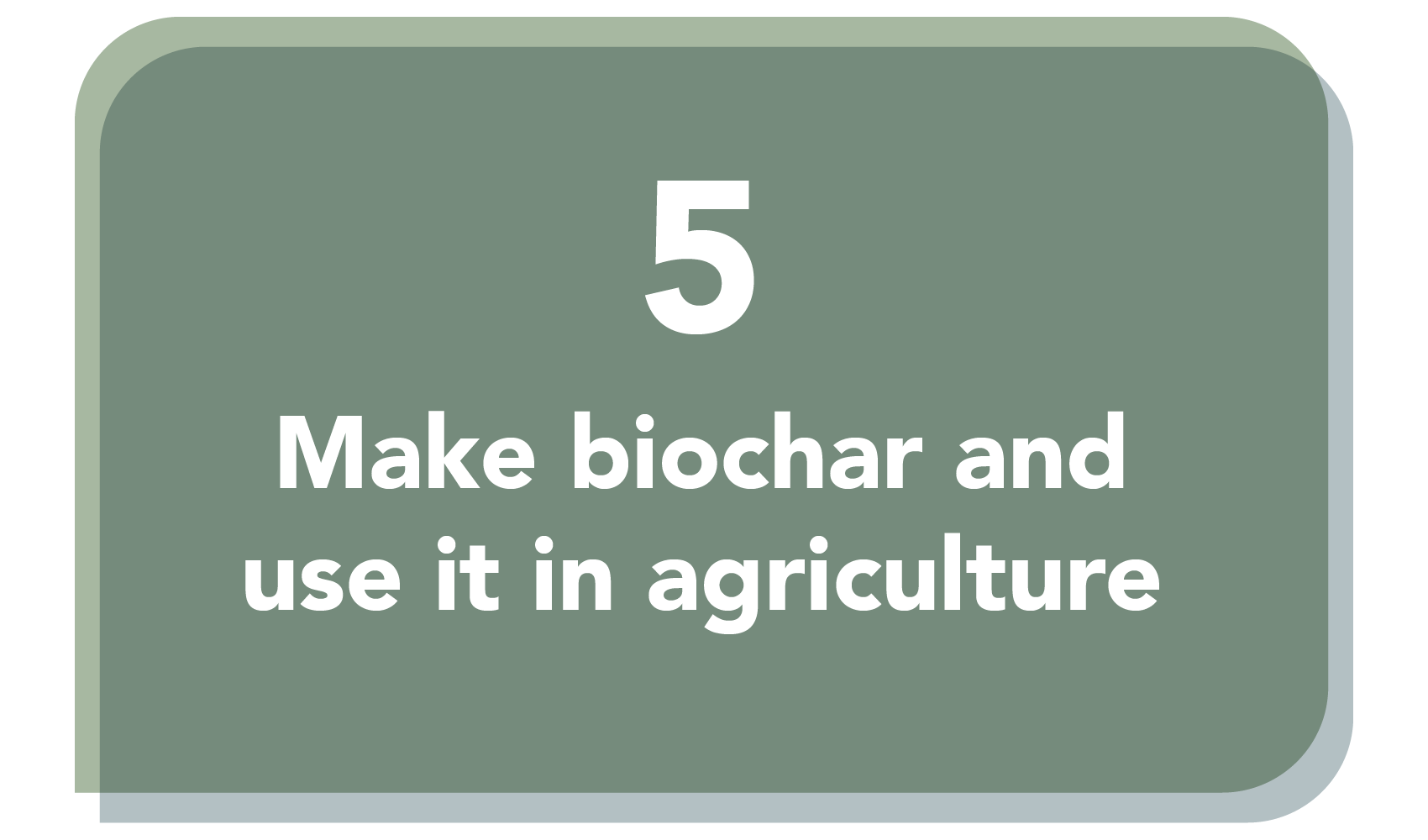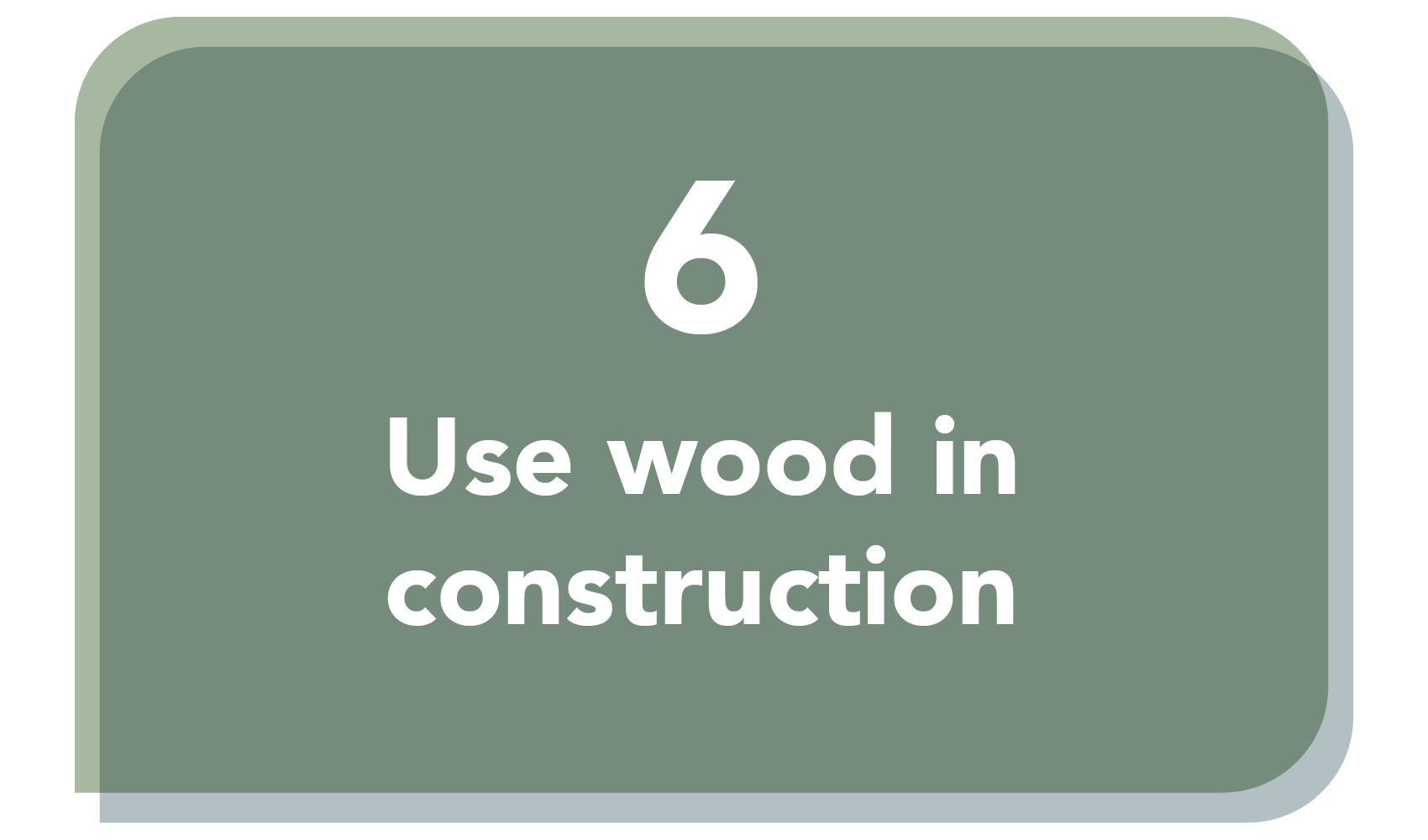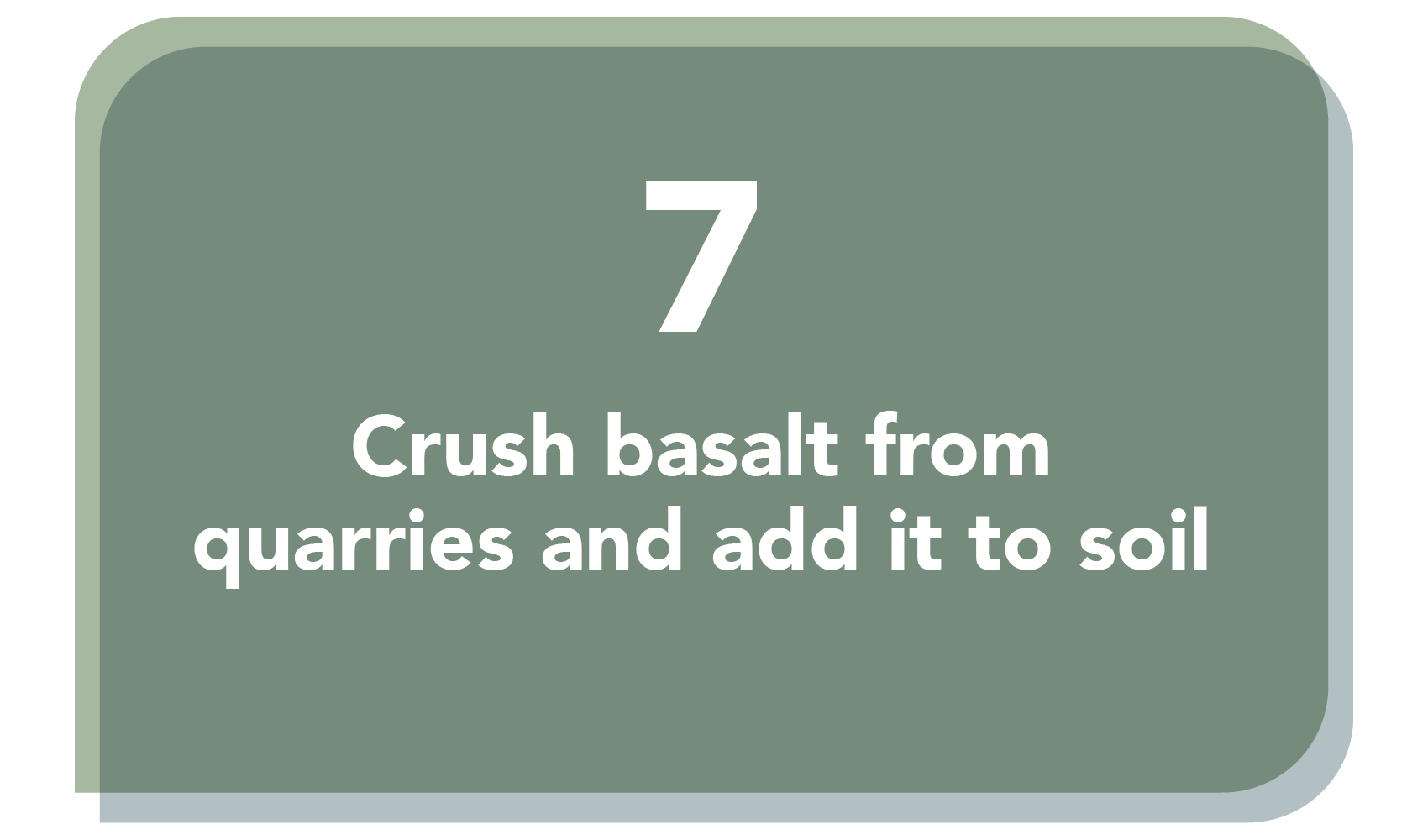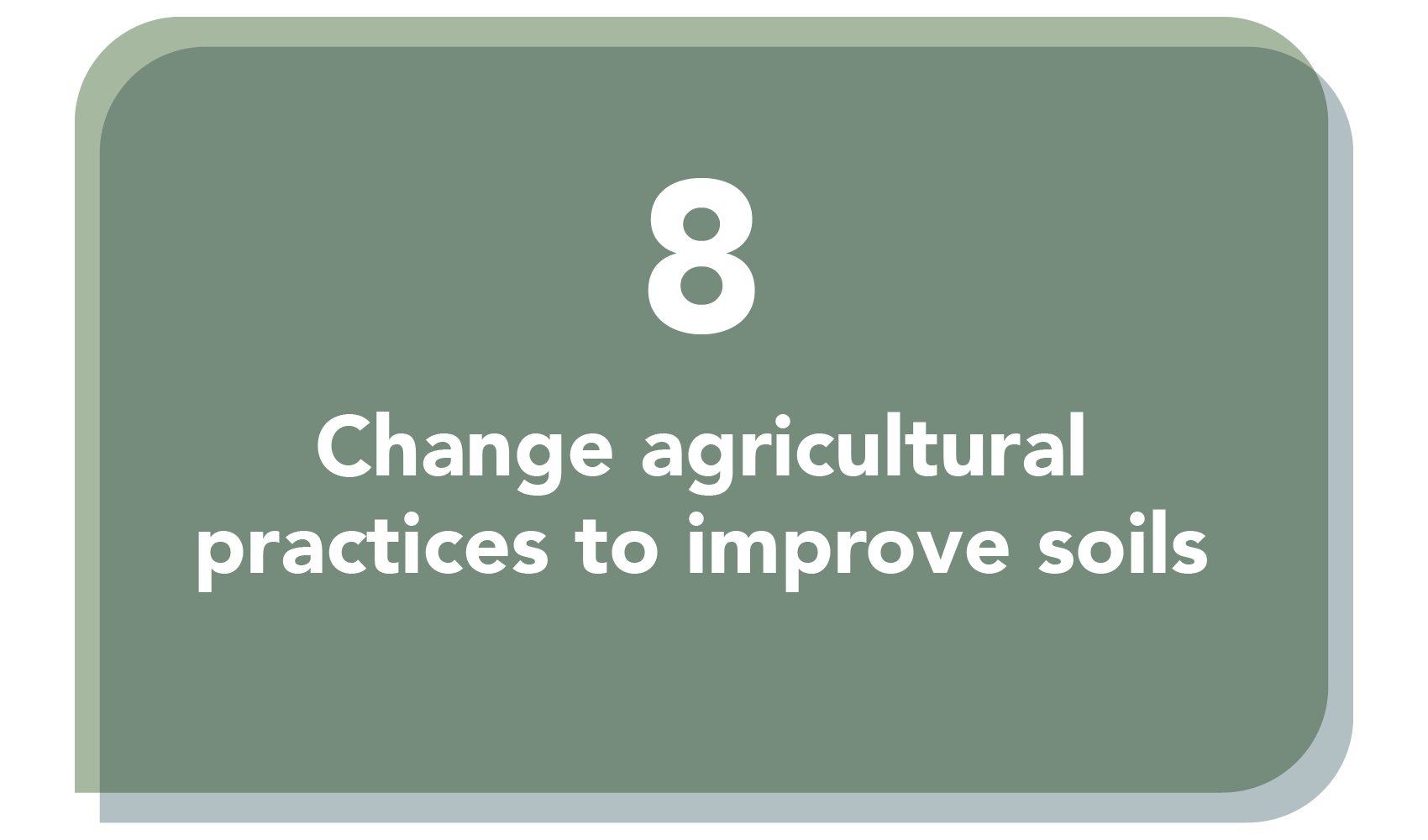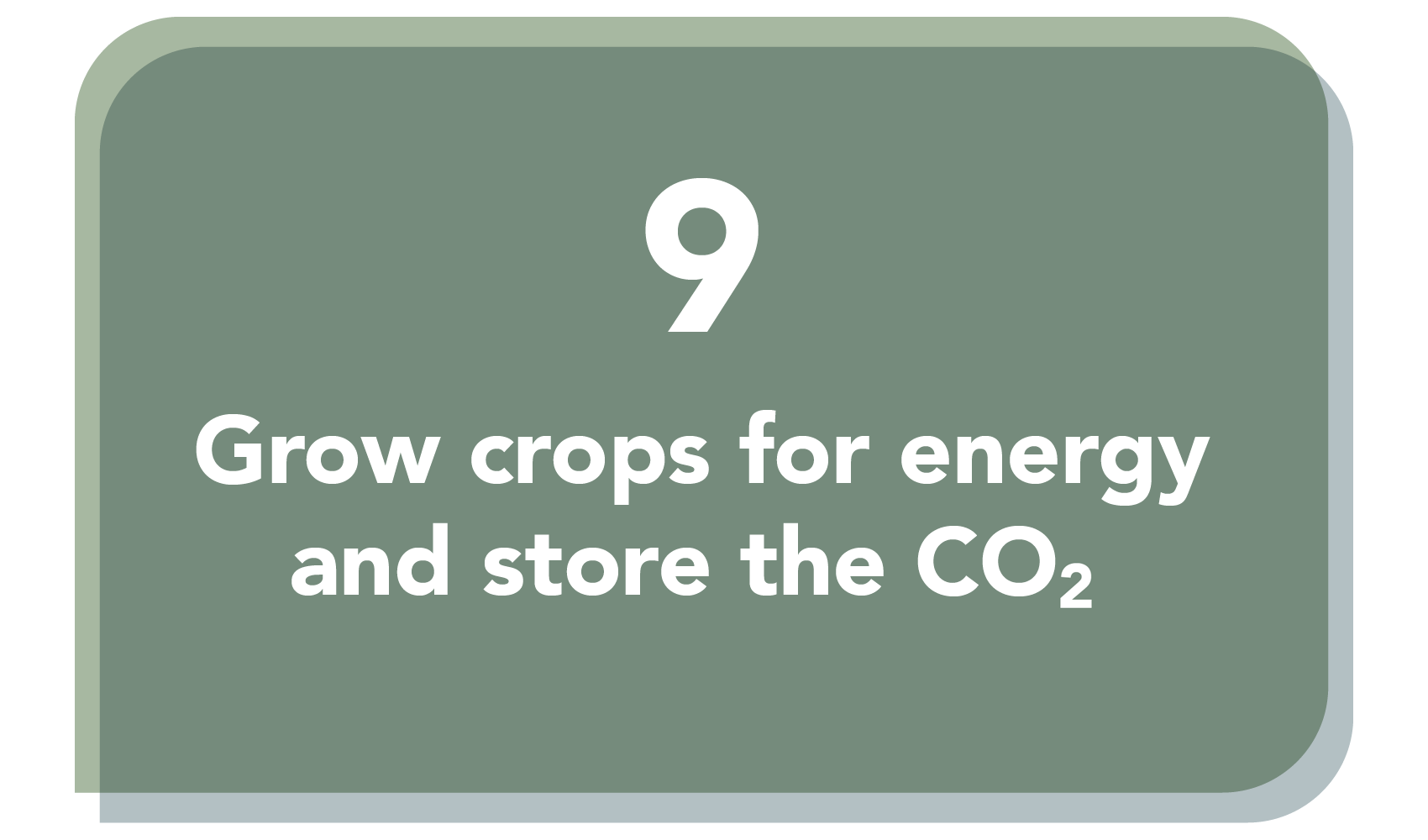
The ocean is a huge carbon sink. It naturally stores a great deal of carbon both in natural habitats (sometimes called “blue carbon”) and dissolved minerals.

Just like on land, much of this carbon storage comes from the uptake of CO2 through photosynthesis, storing it in plants and soil.

Ecosystems found along coasts, such as mangroves, salt marshes, seagrass meadows and kelp forests, are excellent carbon stores.

Healthy coastal ecosystems can be thriving with plant and animal life, and provide communities with a sustainable source of food and protection from floods and storms.
But these habitats are under threat from human activities. Agriculture, coastal development, poor resource management such as overfishing and pollution are degrading and destroying them.



Greenhouse gas emissions are heating and acidifying the water,
killing off corals and diminishing animals’ capacity to survive.
These vital ecosystems must be protected and restored. To boost their capacity to remove CO2 from the air, coastlines must be nurtured as a place for life to thrive.

It’s not all happening on the coast. One potential removal method, called ocean fertilisation, is looking to add additional nutrients to the upper layers of the ocean, encouraging the growth of photosynthesising plants.
However, producing these fertilisers requires energy and raw materials, and the ecological impacts are hard to predict.
Another method being explored is making seawater less acidic, by adding minerals such as magnesium and calcium to the ocean. This could offset the increased acidification of the ocean caused by high levels of CO2 in the atmosphere and increase the uptake of CO2.

A natural source of these minerals is limestone, but this would have to be extracted, converted to lime and transported, which are energy intensive.

However, there are possible adverse effects on ocean ecosystems from the large-scale introduction of minerals or nutrients, and it’s unknown how they might affect these ecosystems.


